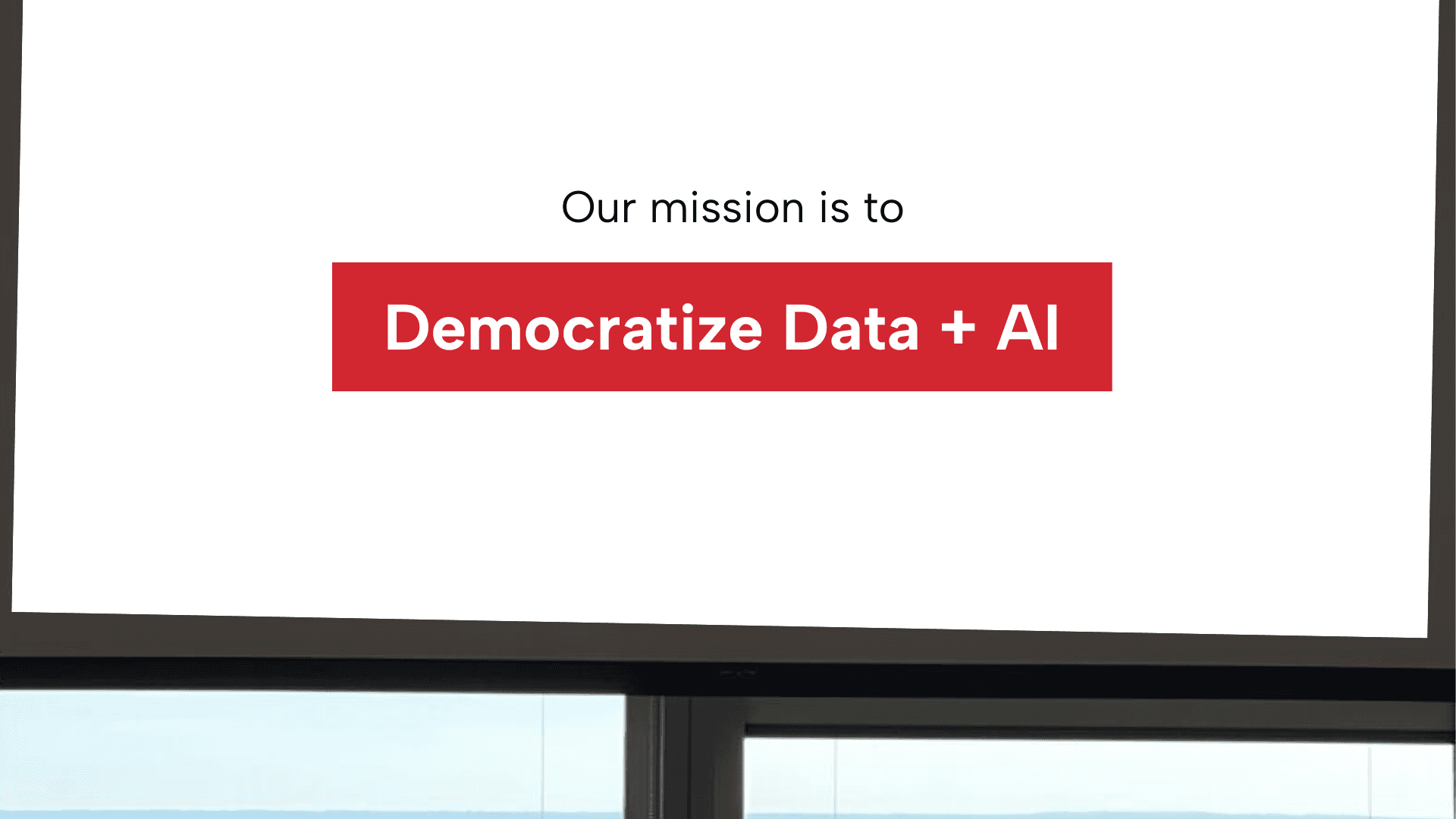Insights
Latest News and Insights
Latest News and Insights
Latest News and Insights
Important and valuable conversations about AI, data, technology, consulting, and more.





Inside our new Western Canada office: A conversation with Alan Williamson
Inside our new Western Canada office: A conversation with Alan Williamson
Apr 16, 2025





Should You Consider Databricks for SAP? Here’s What Your Data is Missing
Should You Consider Databricks for SAP? Here’s What Your Data is Missing
Apr 10, 2025





Jarvis Consulting Group Announces Expansion to Western Canada to Drive Innovation Across the Country
Jarvis Consulting Group Announces Expansion to Western Canada to Drive Innovation Across the Country
Mar 26, 2025





Jarvis is a Great Place to Work Certified! Here’s How We Got Here
Jarvis is a Great Place to Work Certified! Here’s How We Got Here
Mar 6, 2025





Jarvis Consulting Group Announces Expanded Strategic Partnership with Databricks, Inc.
Jarvis Consulting Group Announces Expanded Strategic Partnership with Databricks, Inc.
Dec 20, 2024





Jarvis Consulting Group launches Vision Talent: A new company dedicated to Talent Advisory
Jarvis Consulting Group launches Vision Talent: A new company dedicated to Talent Advisory
Oct 29, 2024





The Dual Nature of AI in Security: Balancing Innovation and Privacy
The Dual Nature of AI in Security: Balancing Innovation and Privacy
Sep 12, 2024





AI in Data Management: How MirageAI is Revolutionizing the Future of Information
AI in Data Management: How MirageAI is Revolutionizing the Future of Information
Aug 6, 2024





Safeguarding Recruitment: The Vital Role of Talent Partners in the AI Era
Safeguarding Recruitment: The Vital Role of Talent Partners in the AI Era
Jul 15, 2024





Thriving Together: How Retaining Talent Drives Business Growth and Career Development
Thriving Together: How Retaining Talent Drives Business Growth and Career Development
Jul 10, 2024





The Rise of AI in Recruitment: Enhancing Efficiency and Accuracy in Talent Acquisition
The Rise of AI in Recruitment: Enhancing Efficiency and Accuracy in Talent Acquisition
Mar 29, 2024





Beyond the Test: Crafting a Dynamic Tech Evaluation Experience
Beyond the Test: Crafting a Dynamic Tech Evaluation Experience
Mar 5, 2024





How AI Adoption is Revolutionizing the Modern Workplace
How AI Adoption is Revolutionizing the Modern Workplace
Feb 29, 2024





Navigating Sustainability in the Tech Industry: The Green Tech Revolution
Navigating Sustainability in the Tech Industry: The Green Tech Revolution
Nov 27, 2023





Empowering Women in Tech: Unleashing Their Leadership Potential for a Thriving Future
Empowering Women in Tech: Unleashing Their Leadership Potential for a Thriving Future
Sep 7, 2023





The Power of Rest: Why Professionals Should Embrace Vacation and PTO
The Power of Rest: Why Professionals Should Embrace Vacation and PTO
Aug 30, 2023





Supporting Indigenous People in Tech: Empowering Canada's Indigenous Communities
Supporting Indigenous People in Tech: Empowering Canada's Indigenous Communities
Aug 9, 2023





Embracing the New Normal: Why Returning to the Office Offers Surprising Benefits for Work-Life Balance and Career Growth
Embracing the New Normal: Why Returning to the Office Offers Surprising Benefits for Work-Life Balance and Career Growth
Jun 23, 2023





To Routine Or Not To Routine: Balancing Structure & Flexibility
To Routine Or Not To Routine: Balancing Structure & Flexibility
Mar 15, 2023





Transform Your Business: Why Employee Experience is More Important Than Ever
Transform Your Business: Why Employee Experience is More Important Than Ever
Feb 17, 2023





Embracing Cultural Differences When Managing A Global Team
Embracing Cultural Differences When Managing A Global Team
Jan 31, 2023





Jarvis’ Hiring Process: What To Expect
Jarvis’ Hiring Process: What To Expect
Jan 30, 2023





Why Micromanaging Employees Doesn't Work
Why Micromanaging Employees Doesn't Work
Jan 27, 2023





Key to Multitasking: Single-tasking!
Key to Multitasking: Single-tasking!
Dec 16, 2022





Jarvis Named One of Canada’s Most Admired Corporate Cultures
Jarvis Named One of Canada’s Most Admired Corporate Cultures
Nov 24, 2022





Insurance Coverage for Independent Contractors
Insurance Coverage for Independent Contractors
Nov 1, 2022





How to Obtain Federal Government Personnel Security Screening in Canada
How to Obtain Federal Government Personnel Security Screening in Canada
Nov 1, 2022





Incorporating Your Business in Canada
Incorporating Your Business in Canada
Nov 1, 2022





Calculating Your Hourly Rate As An Independent Contractor
Calculating Your Hourly Rate As An Independent Contractor
Nov 1, 2022
Let's Innovate. Empower.
Impact. Together.
Gain access to exclusive insights & events.
Subscribe to updates
Let's Innovate. Empower.
Impact. Together.
Gain access to exclusive insights & events.
Subscribe to updates
Let's Innovate. Empower.
Impact. Together.
Gain access to exclusive insights & events.
Subscribe to updates
Let's Innovate. Empower.
Impact. Together.
Gain access to exclusive insights & events.
Subscribe to updates
Let's Innovate. Empower.
Impact. Together.
Gain access to exclusive insights & events.
Subscribe to updates


